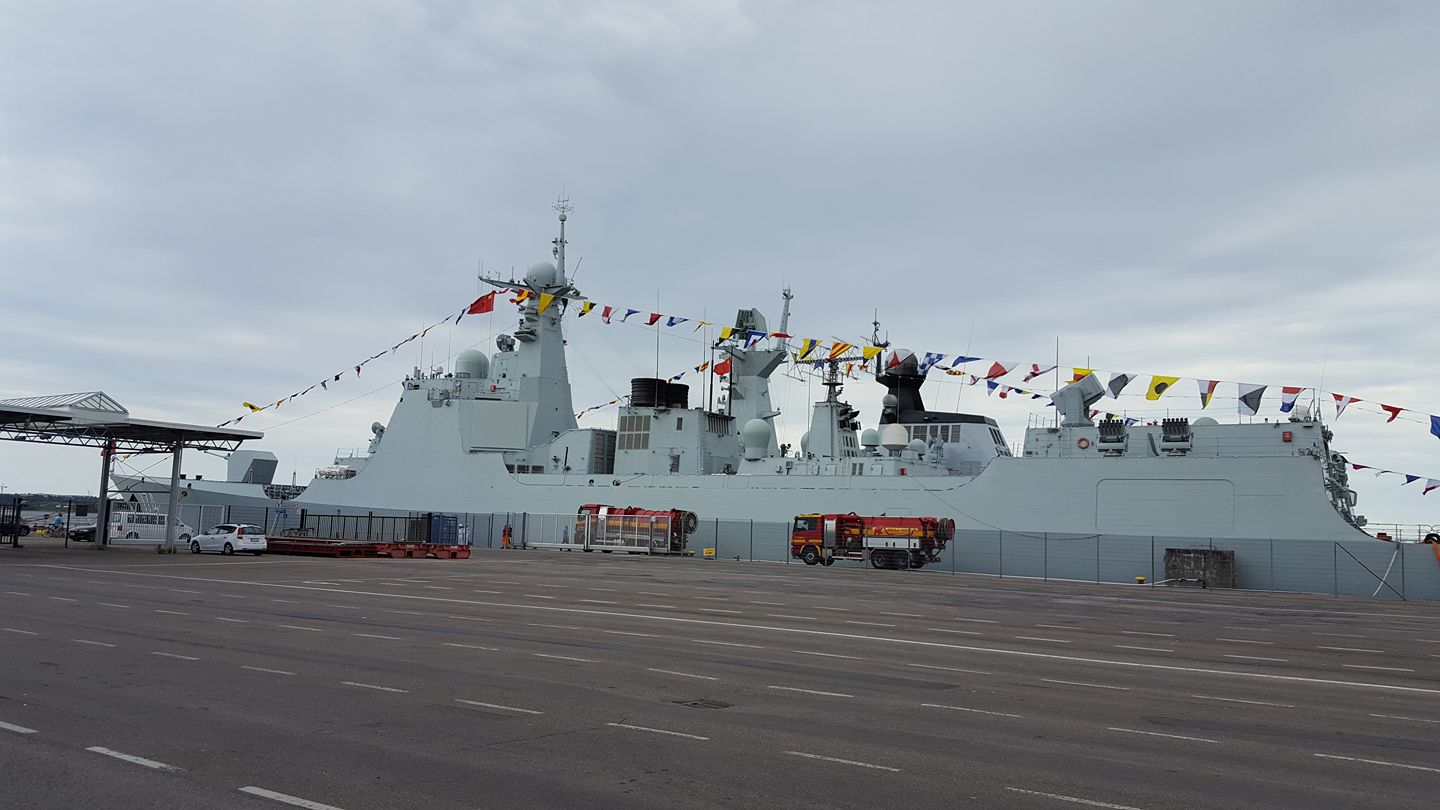by Mark N. Katz
Russia and China recently completed a joint naval exercise in the Baltic Sea—a part of the world that is far from China. Immediately afterward, though, three Chinese naval vessels that participated in the exercise paid a “friendly” port call to Finland’s capital, Helsinki, at the beginning of August.
In what has become an annual tradition of joint Russian-Chinese naval exercises, the most recent one in the Baltic was a clear sign to America and Europe that China can now project its naval power throughout the world. Immediately making a port call in Helsinki afterward, by contrast, was a signal to Finland and other Baltic states that China’s intentions toward them are friendly, and not hostile.
But for many Finns with whom I spoke, the sight of warships from China in nearby waters joining ones from Russia—the state that they are most concerned about—undermines whatever professions of Chinese friendliness that the port call may have been intended to convey.
Indeed, just what is the message that Beijing intends to convey by these two actions? Perhaps Beijing wants the states of the region to understand that, although it could side with Moscow against them, it could also not do so—thus giving them an incentive to curry favor with China so that it will act to discourage hostile Russian behavior. Or perhaps Beijing may not have thought much at all about the contrasting messages that its two naval acts in the Baltic would send.
But just as the Chinese naval port call in Helsinki has not allayed the concerns of Finland and the other states in the region about China conducting joint naval exercises with Russia in the Baltic, it may have also raised questions in Moscow about just how much China is willing to support Russian aims in the region. Perhaps the Finnish government invited the Chinese navy to pay a visit after its joint exercise with the Russians just to raise such questions. For without a port call in Helsinki or elsewhere in the region outside of Russia, the joint Sino-Russian naval exercise in the Baltic would have given a much more unambiguous impression that Beijing backs Moscow’s actions here.
Photo: Chinese naval vessel docked in Helsinki (courtesy Mark Katz)






Finland knows that Russia has no interest in taking them in or causing them trouble.
Russia’s show of military hardware along with China’s is to register their concern at having their borders covered with NATO forces. We would feel the same way if Warsaw Pact forces were still around and parked on Canadian and Mexican borders. It’s also to say that China and Russia are joined at the hip. I remember warning American Congress members that this alliance would happen if they refused to allow Russia to be a good trading partner status. This is the result 20 years later.
Here’s a thought: those Chinese sailors are on the other side of home – a long, long way from home – and so if someone offers them some R&R then the reaction from Beijing is “yeah, sure, why not?”.
Sometimes a thing is just a thing, with no deeper meaning than that.
A couple of days rubber-necking in Helsinki?
Yeah, sure, why not? Knock yourselves out, comrade, you earned it.